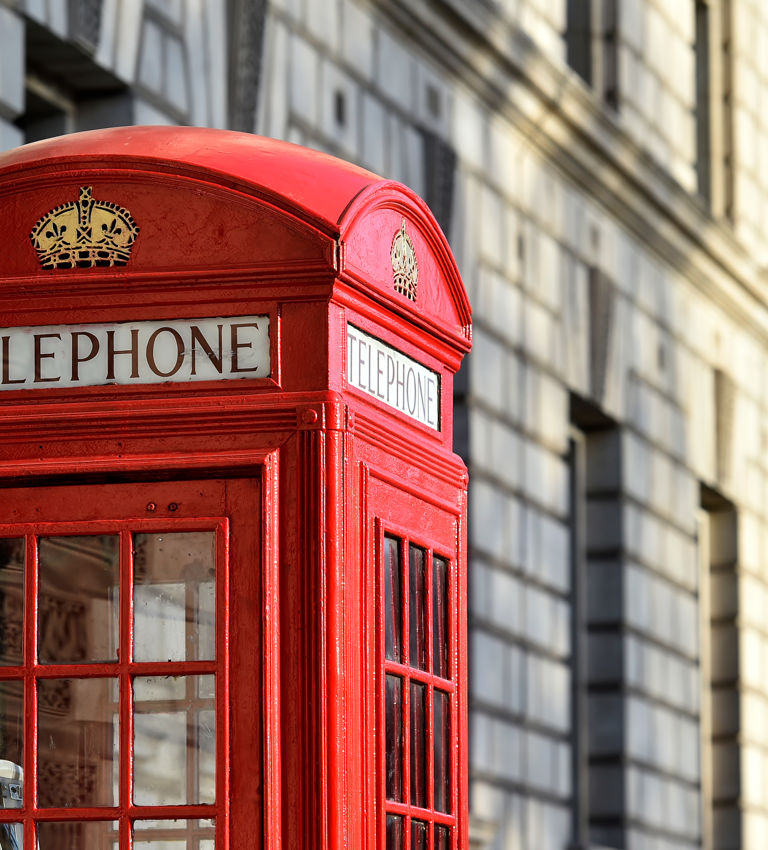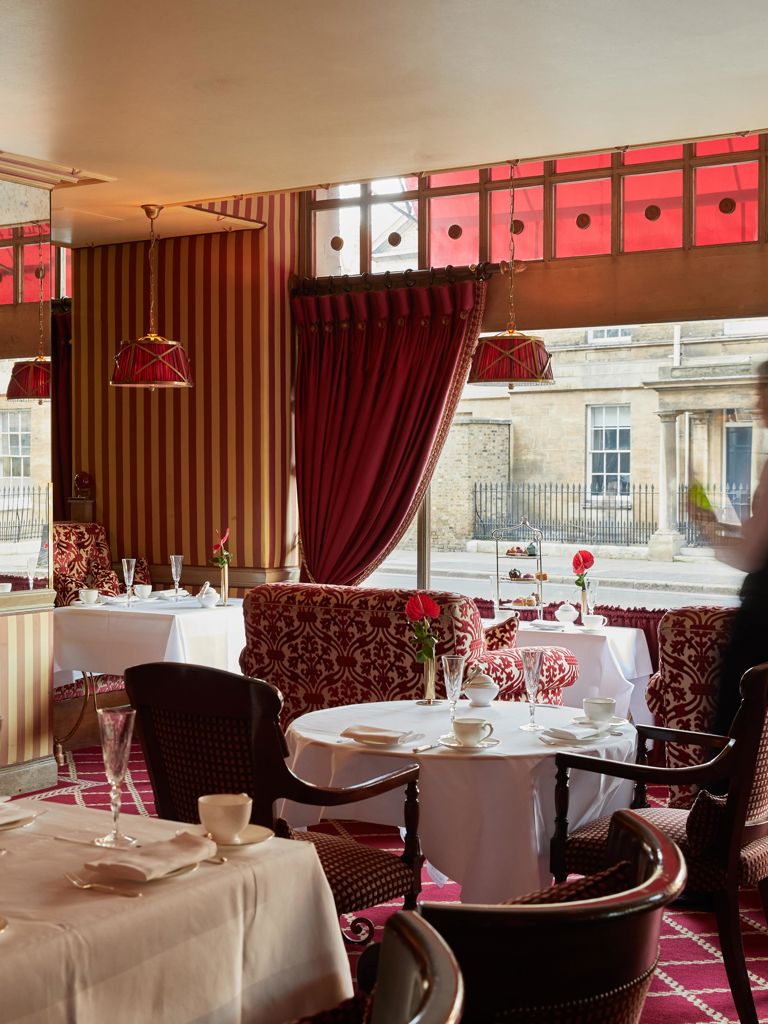
The History of London's Red Telephone Boxes
London’s cultural icons don’t get much more quintessential than the red telephone box, one of the city’s signature landmarks.

London’s cultural icons don’t get much more quintessential than the red telephone box, one of the city’s signature landmarks.
From royal views at The Rubens to boutique charm at Hotel 41, each property offers a uniquely luxurious experience just steps from the city’s top attractions.
Discover more